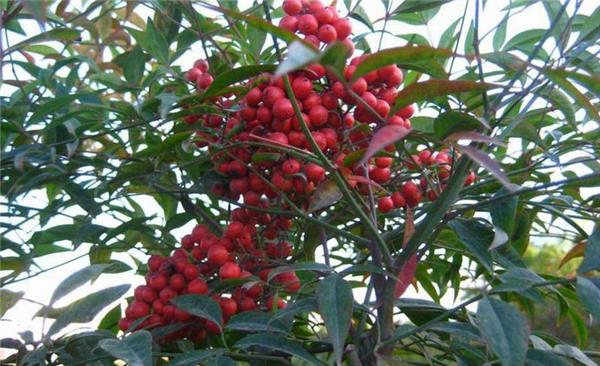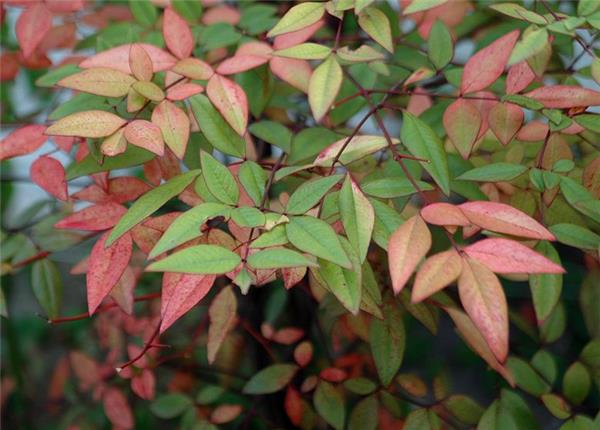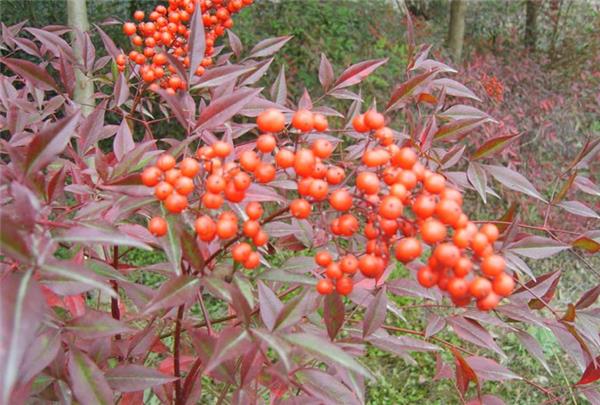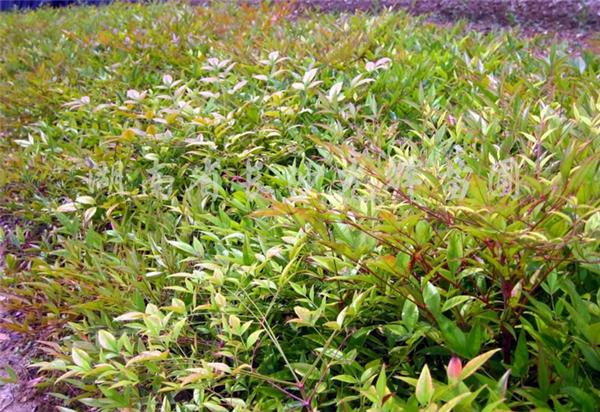Introduction of Phyllostachys pubescens from jade coral how to cultivate beautiful Phyllostachys pubescens
In ancient books, Phyllostachys pubescens is called jade coral, which shows how beautiful its shape is. Its leaves are beautiful and colorful, so it is the first choice for household plants. Now, let's have a look.

1. Introduction of Nantianzhu
Phyllostachys pubescens is an evergreen shrub of Berberaceae. Also known as red quat son, Tianzhu, orchid bamboo. Common cultivated varieties are Phyllostachys pubescens, whose berries are white when ripe; Phyllostachys pubescens, whose leaves are as thin as silk; Phyllostachys pubescens, whose fruit is lavender when ripe; Phyllostachys pubescens with round leaves and glossy leaves. Because of its superior and elegant shape, it is often used to make bonsai or potted plants to decorate windowsill, foyer, meeting hall and so on.

Second, the cultural background of Nantianzhu
The branches of Phyllostachys pubescens are as tall and straight as bamboo, the feathered leaves are unfolded and beautiful, turn red in autumn and winter, and the spikes are full of red fruits. Yang Mingzhai's poem in the Song Dynasty said: "the flower hair Zhu Mingyu the day after tomorrow, the red grain is lighter and round, the world is hot who can cure, as long as light incense net karma." To describe the small white flowers in full bloom after the summer rain, the branches are covered with lovely round fruits, making people forget the summer heat, the fragrance of the flowers relieves worries and brings happiness.
3. Cultivation techniques of Phyllostachys pubescens
Bonsai pruning
Phyllostachys pubescens is an evergreen shrub. They are often found by moist valleys, under sparse forests or in thickets, indicating plants for calcareous soil. Prefer a warm, humid and well-ventilated semi-overcast environment. It is more hardy. Able to withstand slightly alkaline soil. The flowering period is from May to July. Wild in sparse forests and bushes, but also planted in gardens. Like warm and humid climate, neither cold nor drought. Like light, bear shade, the leaf color turns red under strong light. It is suitable for the growth of sandy loam soil containing humus. As early as the Ming and Qing dynasties, Nantianzhu was listed as the garden plant of the classical garden, and later introduced sandalwood to bonsai, which was deeply loved by bonsai circles. However, this evergreen upright shrub, with few dry height branches and extremely fierce growth in spring, is difficult to control its shape, which brings great disadvantage to bonsai modeling.

1. Cut short. In late winter and early spring, the grey piles excavated will be cut short by selecting the latent bud points with moderate height according to the design requirements. It is allowed to grow in the first year, and most of the shoots of the previous year can be cut off at the same time in the second year, leaving only one or two branches in the lowest place, so that new buds can sprout from the axils of the branches. In the future, we should follow this example every year to avoid increasing the trunk year by year. This practice is also beneficial to the results of Tianzhu.
two。 Acupuncture. During the sprouting period in spring, when the new bud grows to two centimeters long, pierce the stem of the bud with a needle, and the new bud will be punctured once for every one centimeter of the new bud. With the thickening of the bud diameter, the number of acupuncture increased to two to four times. In this way, it can prevent the growth of new buds and promote the dry body or top to sprout again. If the method is used continuously and new buds sprout continuously, the problem of dry and less branching can be solved, the length of branches can be shortened, and the requirements of modeling and shape control can be met. It stops before the bamboo blossoms in June. During this period, the clump of bamboo seedlings should be removed in time.

3. Maintenance. In order to ensure that the posture measures are effective, the maintenance and management of Phyllostachys pubescens must be legal. In spring, Phyllostachys pubescens germination needs enough light and moist environment, so there is no need for shade; after July, it needs to be placed in a cool shade and comes back after autumn; when it comes to winter, the pot soil is slightly dry to survive the winter. In terms of fertilization, from February, once or twice a month, to July to stop; cake fertilizer and bone meal fertilizer rotation, not too much too thick. Potassium dihydrogen phosphate can be sprayed once at the end of May. The implementation of the above methods needs to be fully considered. This method is applicable to the middle and lower reaches of the Yangtze River.
The above is the knowledge of Nantianzhu. I hope I can help you.
Related
- Wuhan Hospital Iron Tree Blooming Result Was Instantly Frightened by the Gardener Master
- Which variety of camellia is the most fragrant and best? Which one do you like best?
- What is the small blue coat, the breeding methods and matters needing attention of the succulent plant
- Dormancy time and maintenance management of succulent plants during dormancy
- Minas succulent how to raise, Minas succulent plant pictures
- What are the varieties of winter succulent plants
- How to raise succulent plants in twelve rolls? let's take a look at some experience of breeding twelve rolls.
- Attention should be paid to water control for succulent plants during dormant period (winter and summer)
- Watering experience of twelve rolls of succulent plants
- Techniques for fertilizing succulent plants. An article will let you know how to fertilize succulent plants.



